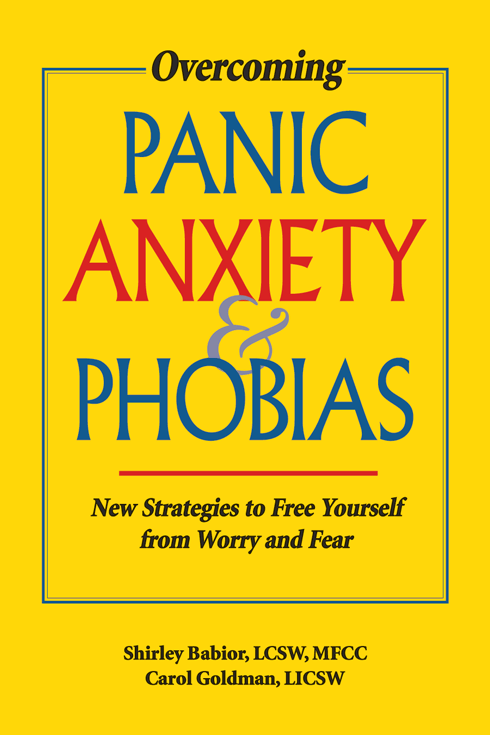 Don Ardell’s tips for aging well are from his book Aging Beyond Belief, 69 tips for REAL Wellness. REAL wellness stands for Reason, Exuberance And Liberty. Don says you can’t buy pills or treatments for REAL wellness−it’s a mindset and lifestyle you control. It’s never to early to let Reason, Exuberance and Liberty be your guide…these tips are for folks of any age. Enjoy.
Don Ardell’s tips for aging well are from his book Aging Beyond Belief, 69 tips for REAL Wellness. REAL wellness stands for Reason, Exuberance And Liberty. Don says you can’t buy pills or treatments for REAL wellness−it’s a mindset and lifestyle you control. It’s never to early to let Reason, Exuberance and Liberty be your guide…these tips are for folks of any age. Enjoy.
TIP 6
Panic Not Required
Expect changes, some of which won’t be pleasant
At first, naturally enough, many changes will look and feel like crises. This is natural, since they ARE crises (e.g., receding hairlines, wrinkles and fewer offers of leading roles in major motion pictures). Disappointment, upset and worry can’t he helped—it’s quite unavoidable. But, resolve not to dwell forevermore on such things. You are still younger than you are ever going to be again—make the most of it. After a short period adjusting to changes, start plotting rejuvenation, not just a recovery to a boring survival level. Think about actual advances you might attempt that will leave you better off than you were before change intervened and unsettled things.
Prepare for change by building up your level of resilience. Cultivating this quality will protect your vitality, induce added serenity and pave the way for continued passion, adaptability and optimism.
You will build and strengthen your resilience by doing positive things, like reading this book about AUI of a wellness lifestyle. There are many other ways. A few additional steps for creating increased resilience for better adaptation to change might include:
- Nurturing your network of connections with others—thus avoiding isolation.
- Helping others.
- Protecting your routines. Change, as Alvin Toffler emphasized in his 1971 megabit “Future Shock,” can be tempered by safeguarding the familiar. Don’t change things you don’t have to while adapting to crises.
- Setting goals and picking up the pace toward accomplishing them. Fashion modest goals, at least initially, goals that are easy to realize. Building confidence is more important for resilience than reaching the goal, at least for a while.
- Keeping the big picture in mind. Relative to all kinds of good things going your way, a crisis does not loom as large if kept in perspective.
See change for what it really is—a part of life, as inexorable as day and night, taxes and politicians who don’t live up to your hopes.
 Donald B. Ardell was a pioneer in the Wellness movement. He wrote High Level Wellness: An Alternative to Doctors, Drugs, and Disease, first published in 1976 by Rodale Press, with editions over the years by Bantam Books and Ten-Speed Press. Since then Don has written a dozen additional wellness books, including Die Healthy (with Grant Donovan), 14 Days to Wellness and most recently, Aging Beyond Belief.
Donald B. Ardell was a pioneer in the Wellness movement. He wrote High Level Wellness: An Alternative to Doctors, Drugs, and Disease, first published in 1976 by Rodale Press, with editions over the years by Bantam Books and Ten-Speed Press. Since then Don has written a dozen additional wellness books, including Die Healthy (with Grant Donovan), 14 Days to Wellness and most recently, Aging Beyond Belief.
PanicNot Required Expectchanges,
someof whichwon’t
bepleasant

